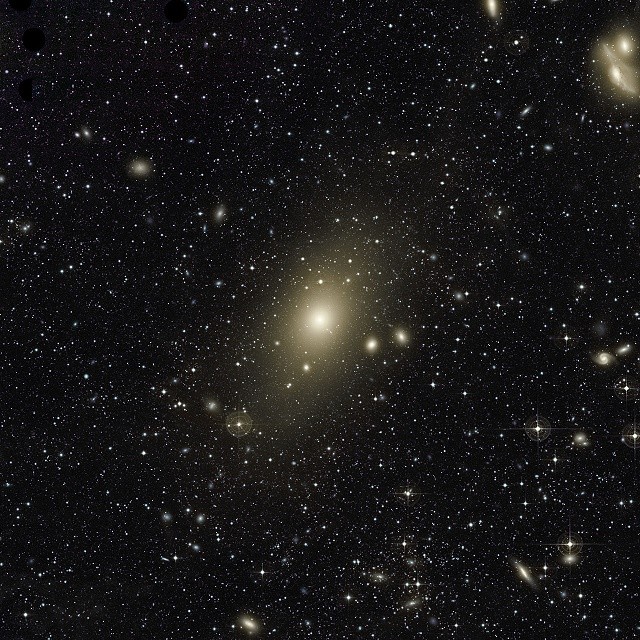Astronomers have been observing a galaxy called the Messier 87 or M87 which is a supergiant elliptical galaxy which is apparently growing larger than ever before. Scientists are now using a new technique to monitor this cosmic event.
Scientists have confirmed that Galaxy M87 is still expanding and growing where it absorbs concentrations of interstellar matter, devouring smaller galaxies, where this is considered to be an extremely rare event to capture.
For astronomers, this process is also challenging to record as larger number of stars in the supergiant galaxy shines brighter than the smaller galaxies that are being sucked into larger galaxies with their gravitational forces.
Astronomers studied the gas clouds surrounding this family of stars that are enshrouding the galaxies like a galactic halo. In this new study, they found evidence that M87 is already merging with a smaller spiral galaxy in the last one billion years.
According to Alessia Longobardi from the Max Planck Institute in Munich, these findings reveal that there are large and luminous structures inside the universe that are continuing to grow at an unprecedented rate meaning the galaxies are not yet finished forming. To date, a large sector in M87 is now twice as bright due to the merger and collision taking place.
Using a new technique, astronomers are studying planetary nebulae which are the gas clouds surrounding the galaxies that emit a certain wavelength of aquamarine light. This unique area that surrounds the galaxy is crucial for astronomers since the formations are now easily seen due to this light frequency that can tell them apart from billions of brighter stars in the galaxy.
Using a spectograph, scientists examine this light and breaks the light into its component colors that can reveal the direction and velocity of the light from these clusters are headed.
In order to obtain this new data and to use this new technique, scientists utilized observations from the Very Large Telescope under the European Southern Observatory in Chile.
This new study is published in the journal Astrophysical & Astrophysics.



























